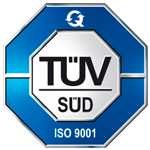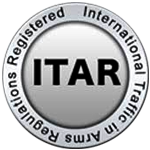Unlocking Precision: The Future of Cnc Machine Multi Axis for Global Manufacturers
As the manufacturing landscape continues to evolve, the demand for advanced machining technologies that ensure precision and efficiency is at an all-time high. According to a report by MarketsandMarkets, the global CNC machine market is projected to reach $117.85 billion by 2025, growing at a CAGR of 6.3%. Within this market, CNC machine multi axis systems are becoming increasingly pivotal for manufacturers seeking to enhance their operational capabilities and produce intricate components with minimal downtime. The integration of multi-axis CNC technology not only allows for greater design flexibility but also significantly reduces production lead times, thereby catering to the evolving needs of various industries, including aerospace, automotive, and medical.
The future of CNC machine multi axis solutions is poised to revolutionize manufacturing processes on a global scale. Industry leaders are recognizing the importance of highly accurate machining systems to stay competitive in an expanding market. In fact, a study by IBISWorld highlights that businesses that adopt multi-axis CNC machinery can achieve a productivity increase of up to 30%. This transformation is essential as manufacturers strive to produce high-quality products while minimizing waste and lowering labor costs. Embracing CNC machine multi axis technologies is not just a trend; it's a critical step towards achieving sustainable growth and meeting the demands of a rapidly changing manufacturing environment.
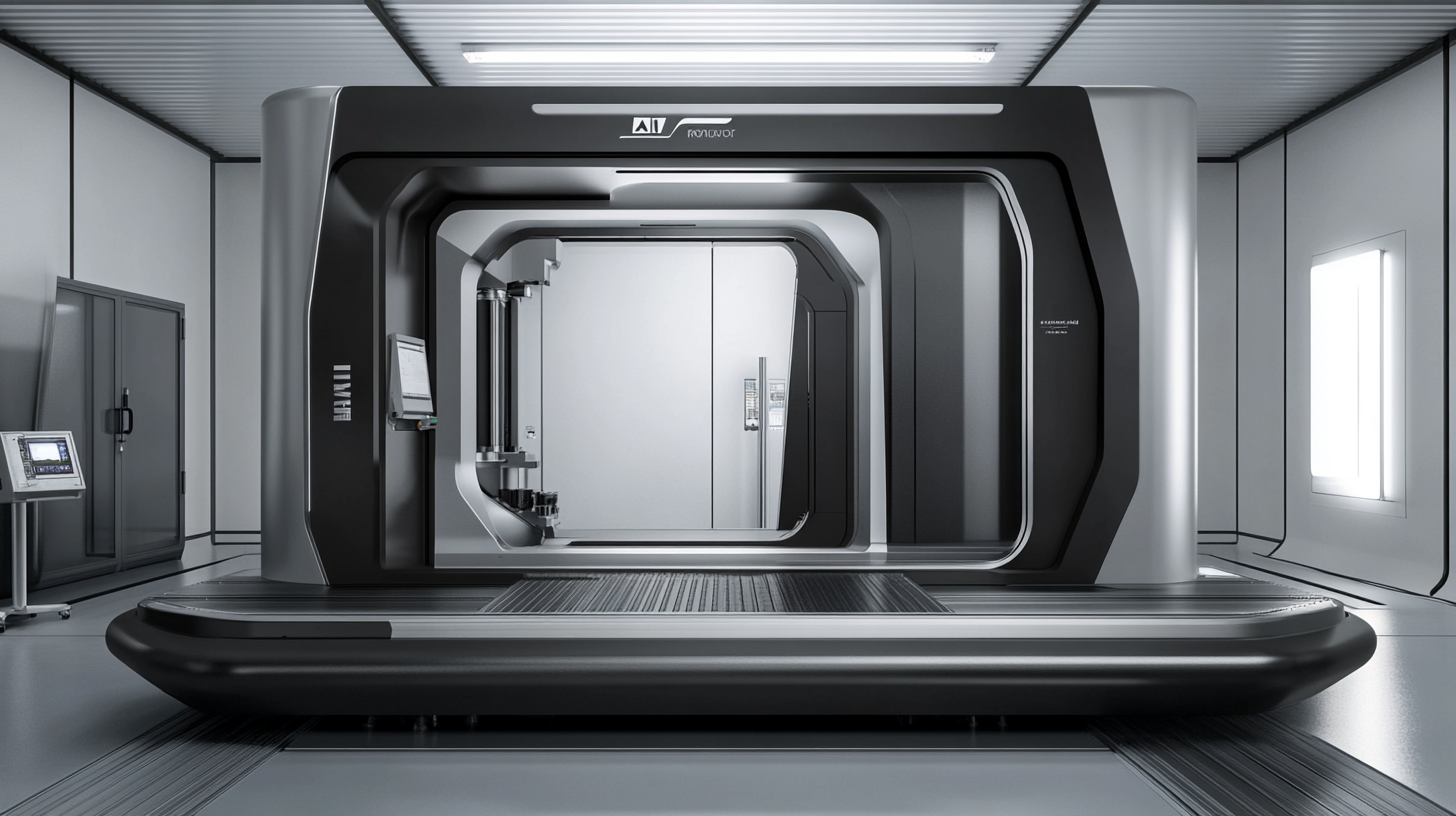
The Evolution of CNC Machines: From 2-Axis to Multi-Axis Capabilities
The landscape of manufacturing has undergone a remarkable transformation with the evolution of CNC (Computer Numerical Control) machines. Initially, CNC technology was limited to 2-axis machines, which allowed manufacturers to execute simple linear cuts and basic milling operations. These machines established a foundation for automation in machining but often fell short in meeting the complex design requirements of modern industries. As the demands for precision and versatility in manufacturing grew, the development of multi-axis CNC machines emerged as a game changer. Equipped with advanced technology, multi-axis machines can move along multiple planes simultaneously, enabling the production of intricate parts with exceptional accuracy. This capability not only expands the design possibilities for engineers but also significantly reduces setup times and enhances overall production efficiency. Industries ranging from aerospace to medical devices are now leveraging multi-axis CNC machining to create complex geometries that were once thought to be unachievable. The shift towards multi-axis capabilities is a clear indication of the industry's evolution. Manufacturers are no longer constrained by the limitations of conventional milling and turning. Instead, they can embrace innovative designs and optimize their processes, leading to higher quality products and improved competitiveness in the global market. As we look to the future, the continuous advancements in CNC technology promise to unlock even greater precision and efficiency, paving the way for a new era of manufacturing excellence.
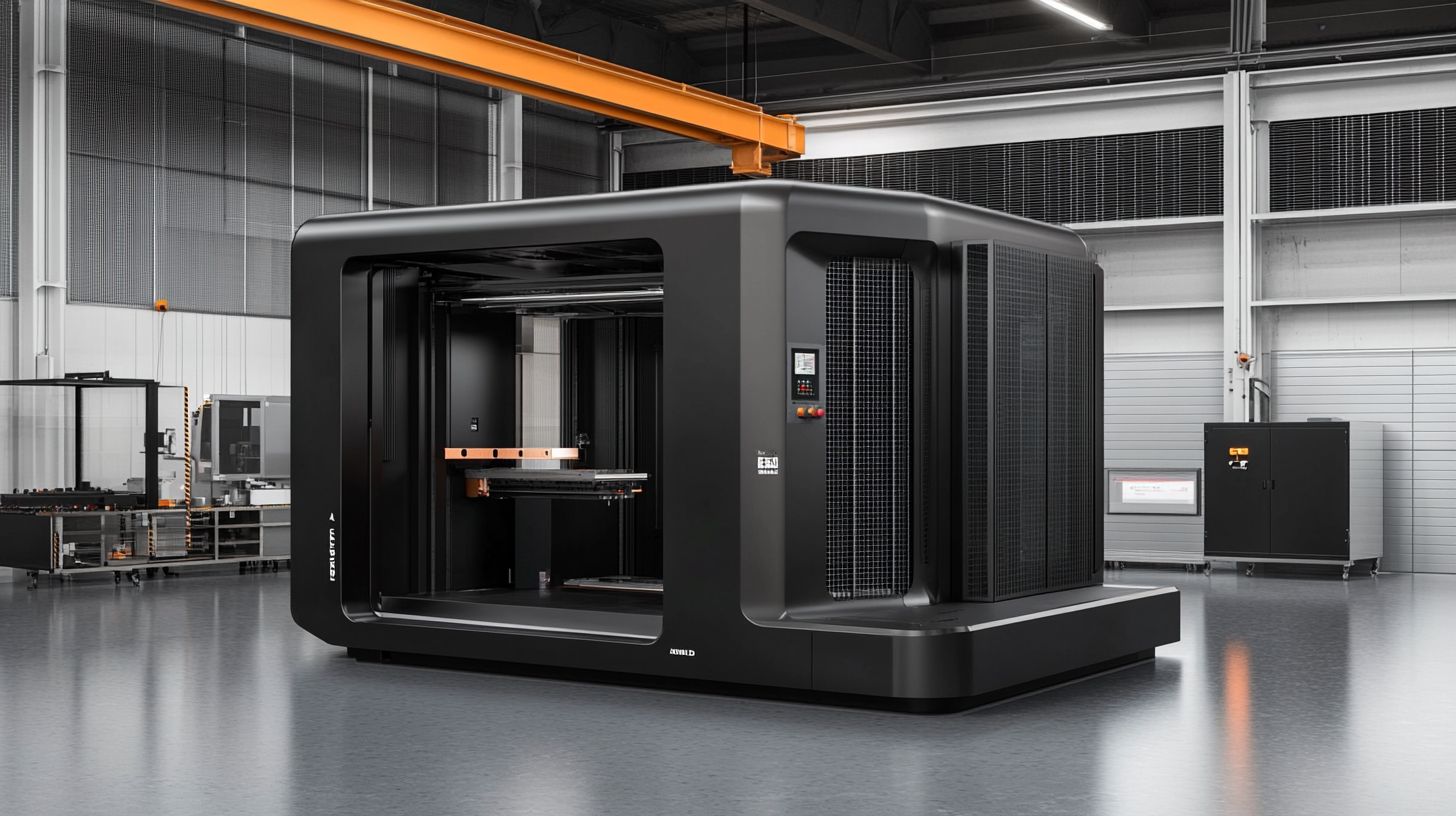
Key Benefits of Multi-Axis CNC Machining for Global Manufacturers
Multi-axis CNC machining is poised to revolutionize the manufacturing landscape for global manufacturers, offering a myriad of benefits that cater to the complex demands of modern production. According to industry forecasts, the CNC machine market is expected to experience significant growth, with projections indicating an expansion from $70 billion in 2025 to nearly $95 billion by 2034. This surge underscores the growing reliance on advanced machining technologies, particularly multi-axis systems that enhance precision and efficiency.
One of the key advantages of multi-axis CNC machining is its ability to produce intricate designs with greater accuracy. By allowing tools to move in multiple directions simultaneously, manufacturers can achieve elaborate geometries that were once difficult, if not impossible, to create with traditional machining methods. This capability not only streamlines production processes but also reduces material waste, which is critical in an industry increasingly focused on sustainability.
Moreover, as the Chinese manufacturing sector undergoes a transformation driven by technological advancement, the emphasis on skilled labor and the role of industrial workers as a foundational strength cannot be overlooked. The ongoing reforms aimed at elevating the skill set of the workforce are essential for fostering innovation within the machinery sector. With the right training and resources, workers can harness the full potential of multi-axis CNC machines, further propelling the industry toward modernized production paradigms that meet global standards.

Challenges in Implementing Multi-Axis CNC Technology
The integration of multi-axis CNC technology marks a transformative shift for global manufacturers, promising enhanced precision and efficiency. However, the transition is fraught with challenges that can hinder its widespread adoption. One of the most significant obstacles is the steep learning curve associated with managing complex operations. Operators must not only be proficient in programming but also possess a deeper understanding of machining dynamics that govern multi-axis setups. This necessity for advanced training can lead to delays and increased costs in the implementation phase.
Another critical challenge lies in the interoperability of older machinery with new multi-axis systems. Many manufacturers are reluctant to invest in full-scale upgrades, particularly those operating with legacy equipment that may not support modern multi-axis functionalities. This lack of compatibility can create bottlenecks in production processes, reducing the anticipated benefits of adopting advanced CNC technology. Additionally, the need for rigorous maintenance and occasional software updates poses a continual challenge for manufacturers striving to maintain peak operational performance.
Finally, supply chain dynamics play a pivotal role in the successful implementation of multi-axis CNC technology. Manufacturers often face delays in obtaining the necessary components to integrate these advanced systems. Furthermore, fluctuations in raw material availability can lead to uncertainty in production schedules, complicating the full realization of the benefits multi-axis CNC machines offer. This readiness to embrace a more complex operational landscape will ultimately determine how successfully manufacturers can unlock the potential of multi-axis CNC technology.
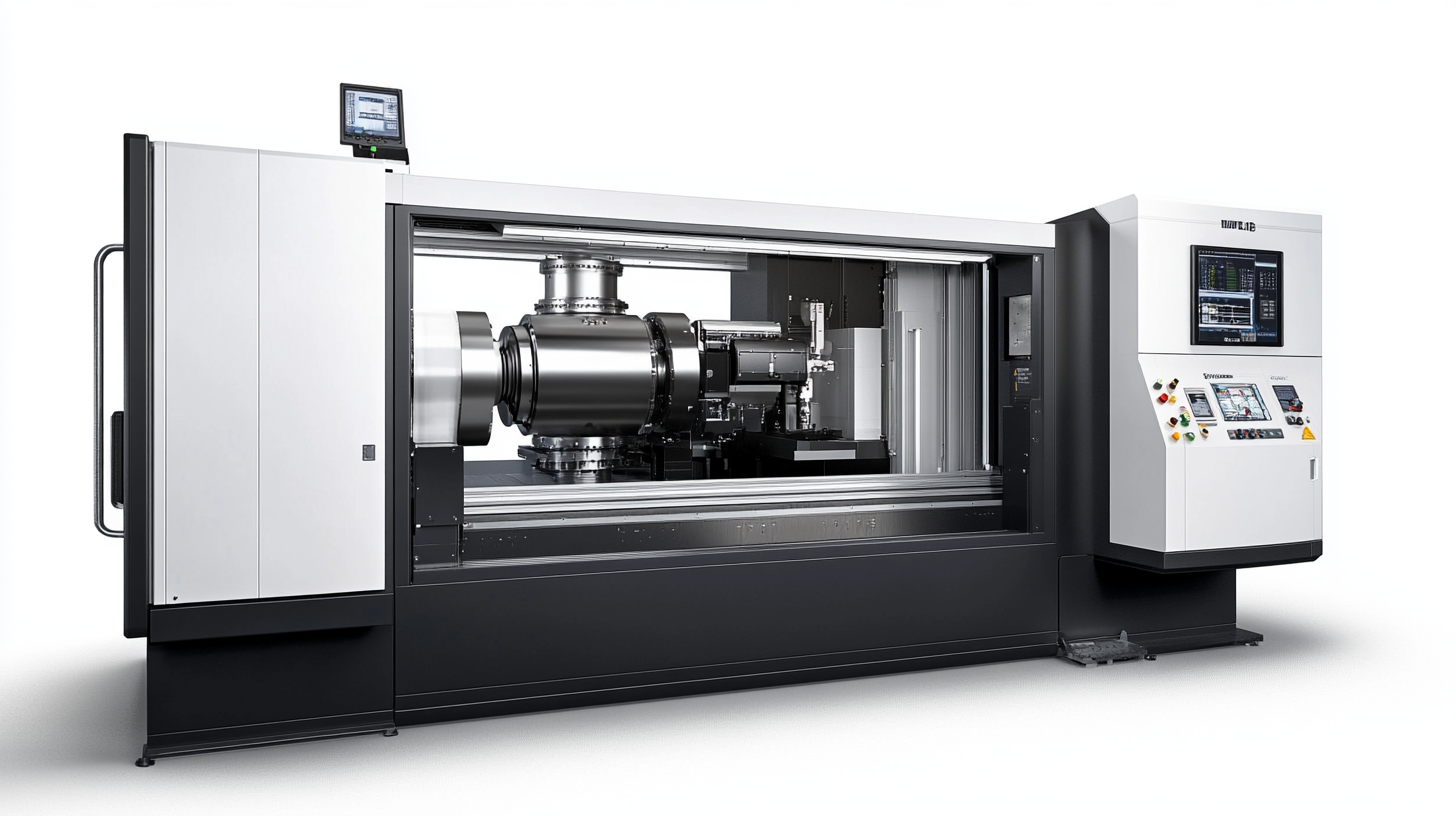
Future Trends: Automation and Smart Technology in CNC Machining
As global manufacturers increasingly turn to CNC (Computer Numerical Control) machining, the incorporation of automation and smart technology is transforming the landscape. The future of CNC machining is not just about precision cutting; it’s about creating intelligent systems that enhance efficiency and productivity. Automation allows for seamless integration of processes, reducing the need for manual intervention and minimizing human error. Manufacturers are finding that automated CNC machines can operate around the clock, increasing output and allowing for faster turnaround times.
Smart technology plays a crucial role in this evolution by enabling machines to communicate and adapt in real-time. With the integration of IoT (Internet of Things) devices, machines can collect data, monitor performance, and predict maintenance needs. This predictive maintenance capability is essential for minimizing downtime and prolonging the lifespan of equipment. Furthermore, artificial intelligence is being harnessed to optimize machining processes, analyzing vast amounts of data to identify the most efficient tooling and machining strategies.
The future trends in CNC machining indicate a shift towards more flexible and adaptive manufacturing environments. By leveraging automation and smart technology, manufacturers can not only enhance their operational efficiency but also respond quicker to market demands. This adaptability is crucial in today’s rapidly changing economic landscape, where the ability to pivot and innovate can be the key to maintaining a competitive edge. As these technologies continue to evolve, the possibilities for CNC machining will expand, unlocking new levels of precision and productivity for global manufacturers.
Real-World Applications: Industries Benefiting from Multi-Axis CNC Solutions
The advancement of multi-axis CNC (Computer Numerical Control) machines is revolutionizing various industries by enhancing precision and efficiency in manufacturing processes. One of the most significant sectors benefiting from this technology is aerospace. In this highly competitive field, components demand intricate designs and exact specifications. Multi-axis CNC machines can execute complex cuts and intricate shapes in a single setup, minimizing the risk of errors and wastage, while also reducing overall production time. As a result, manufacturers can accelerate their operations, meet strict regulatory standards, and deliver high-quality products to the market faster.
Another industry reaping the rewards of multi-axis CNC solutions is automotive manufacturing. The rise of electric vehicles and the push for lightweight materials have led to complex geometries in parts like chassis, brackets, and engine components. Multi-axis machining provides the capability to create these sophisticated designs efficiently, allowing manufacturers to innovate without compromising on quality or safety. This technology not only streamlines production but also enhances the ability to customize components, catering to evolving consumer preferences and regulatory demands.
Additionally, the medical device industry takes advantage of multi-axis CNC machines for producing precise, custom components used in surgical instruments and implants. The ability to craft intricate designs with high tolerances is crucial in this sector, as even the smallest deviation can impact patient outcomes. Multi-axis CNC technology allows for the fabrication of complex shapes efficiently, meeting the stringent needs of medical manufacturers while also accommodating rapid prototyping and small batch production.
NORTH EASTON MACHINE • 218 Elm Street • North Easton, MA 02356 • 508-238-6219

